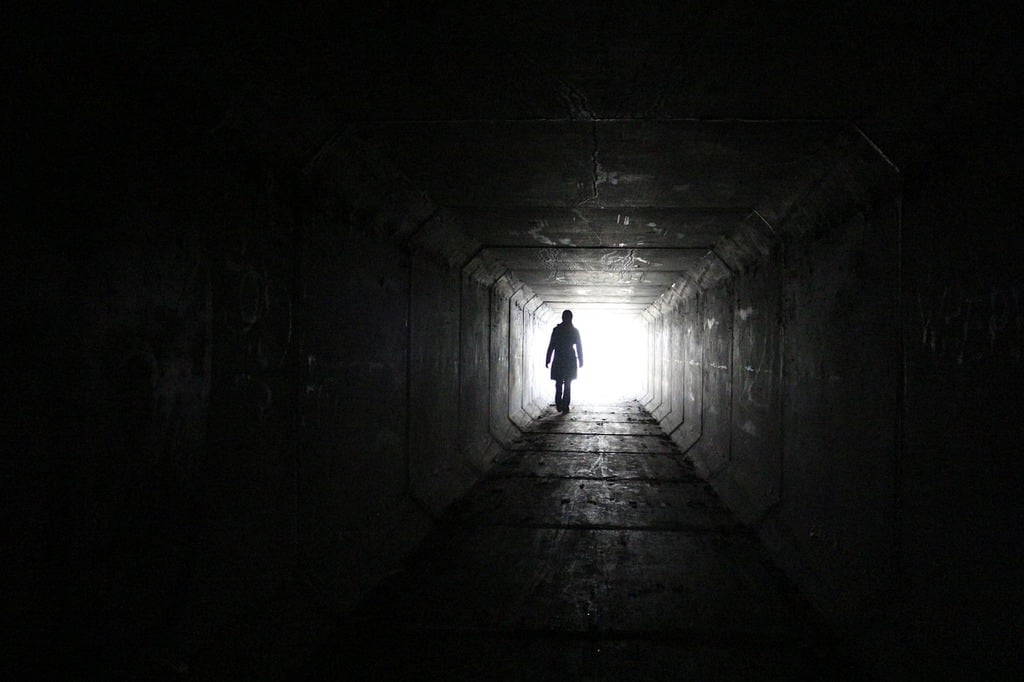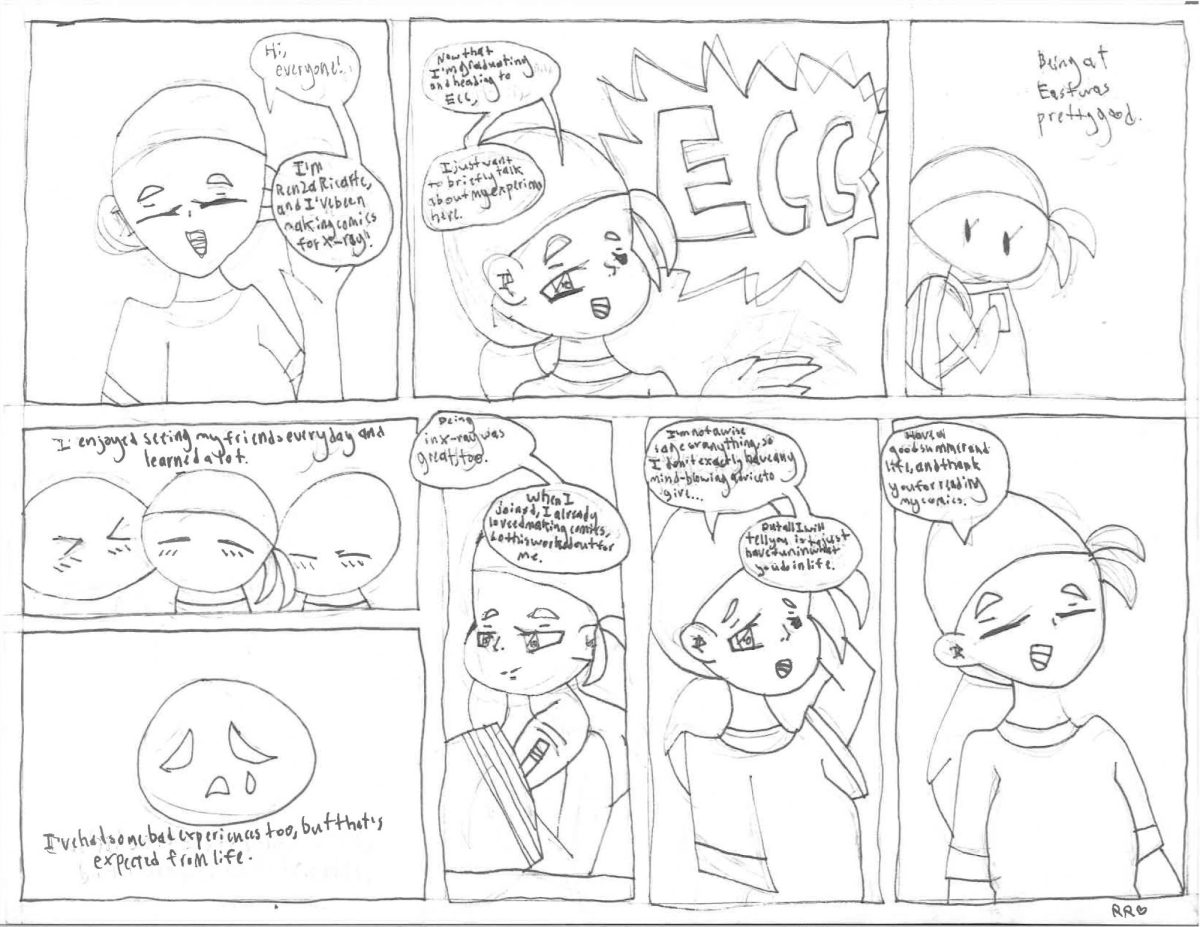
Throughout the decades, movies based on video games have gained an infamous reputation for underwhelming die-hard fans and underperforming at the box office. However, in recent years, several films have defied this trend by respecting the fanbase’s opinions and wants while subverting expectations through incredible designs and enjoyable storylines. “Five Nights at Freddy’s” has received mixed reviews from serious critics and casual viewers alike, but will the Halloween blockbuster join the ever-growing line-up of impressive video game media, or will it simply be a trivial milestone in this franchise’s unstoppable developments in lore-rich content?
The humble origins of this enormous gaming icon are essential to understanding the true connotation surrounding the creation of this movie, specifically the man behind it all: Scott Cawthon. On July 23, 2014, Cawthon published his first horror game, “Five Nights at Freddy’s” on IndieDB. “Five Nights at Freddy’s” is a game that perfectly exemplifies the phrase “simple but sophisticated.” The player is forced to watch over a Chuck E-Cheese-like pizzeria called Freddy Fazbear’s Pizzeria through grainy security cameras and their senses. The catch? The animatronics of the pizzeria are convinced that the player is an endoskeleton and will stop at nothing to stuff the player in a suit to die a horrible death.
This horror point-and-click survival game’s unique but straightforward concept made it an instant success, becoming a staple for online Let’s-Players like Markiplier and CoryXKenshin, who saw their YouTube Channels skyrocket in views.
However, as its popularity escalated, something felt off, even more sinister than the horror game’s unnerving atmosphere and petrifying jumpscares. Internet investigators began to take notice of newspaper articles and mysterious apparitions of never-before-seen animatronics, constructing complex theories of child murderers and possessed animatronics from the once basic background the game had. Cawthon responded to his surge in fame by continuing the series and its lore.

“Five Nights at Freddy’s” would see eight more full-length games, six spin-off games, and countless fan games on consoles, personal computers, mobile phones and virtual reality headsets. Twenty-eight novels, guides, and children’s books have all been written and illustrated to entertain readers and expand the series’s lore. Only one medium of media left in Fazbear’s ever-growing influence in pop culture: an official film.
The idea for a “Five Nights at Freddy’s” movie had been in the making only months after the title game’s release, further exemplifying its immediate stardom. Cawthon would announce Blumhouse Productions, a prolific indie-horror studio, as the new production team. In September 2021, it was revealed that Emma Tammi would write and direct its screenplay with Cawthon and writer Seth Cuddeback. On Oct. 27, 2023, “Five Nights at Freddy’s” was released in the United States. The film casts Josh Hutcherson as its main protagonist and Matthew Lillard as its main antagonist. As of Dec. 4, 2023, it has seen an 80 million dollar first-weekend opening, earning 135.1 million dollars in the United States and 295.5 million dollars worldwide against its 20 million dollar budget. Its impressive monetary success has earned it a spot amongst recent successful video game media like “The Super Mario Bros. Movie,” the “Sonic the Hedgehog” series and “Detective Pikachu.
The story follows Mike Schmidt, a disgruntled young man who cares for his little sister, Abby, and is weighed down by his traumatic past. Mike witnessed the kidnapping of his little brother more than a decade before and, ever since, has been committed to finding the culprit. After being fired from his job while fighting for the custody of his sister, Mike compromises by taking a job at an abandoned restaurant, Freddy Fazbear’s Pizzeria. He realizes the defunct attraction could help his desperate search for answers, but sinister presences and mysterious characters suggest it has more in store.
The reception and criticism of the film have been extremely mixed amongst fans and critics, polarizing viewers on which components of a movie they should hold dear or consider minor. Rotten Tomatoes scored “Five Nights at Freddy’s” at a harsh 30 percent, while the audience scored a generous 87 percent. To discover a new statistic, a form has been distributed to several St. Charles East High School students who have seen the movie. All the participants of the form were selected solely because they had seen the movie to acquire a diverse data pool and avoid biases and other errors. To access this valuable content, check out X-ray’s follow-up article, “Saints Review: Five Nights at Freddy’s,” by visiting our website eastxray.com.

“Five Nights at Freddy’s” is a Halloween Blockbuster that succeeds in appeasing its already present fanbase and is entertaining in all, granted its many shortcomings. It is well-produced and contains incredible designs, including the fantastic set of Freddy Fazbear’s Pizzeria and the game-accurate animatronics. For individuals who have grown up with this game and understand the lore to a fair extent, it is a sensational blast of nostalgia. Although fans of the franchise may agree that more gore was needed to emanate the sinister nature of the games, the PG-13 rating was necessary to cater to its target audience: teenagers. Surprisingly, there are barely any animatronic jumpscares in the movie. Moments of sympathy for damaged characters like Schmidt are well executed but fail to make an understanding with the audience, leading to confusing motives and subtle plot holes. Certain parts of the plot feel out of place and unnecessary as the movie tries to approach different tones of horror, comedy and wholesomeness, but never commits. The film barely counts as a scary horror movie; it does not prove to be all too comedic, it is not emotionally charged, and poor dialogue delivery paired with inconsistent acting is apparent in certain segments. It does not fully satisfy any genre it touches, but why is it still so entertaining?
To understand “Five Nights at Freddy’s,” it is essential to recognize that it was not made to win awards, appease critics, or add anything of substance to the incredible lore of its brand. It is simply a film made to acknowledge the community, to have a movie where friends and loved ones can hang out for their common love toward the franchise. “Five Nights at Freddy’s” is not a pivotal milestone in lore or a cinematic masterpiece; it’s a gift for its fans’ undying support.








